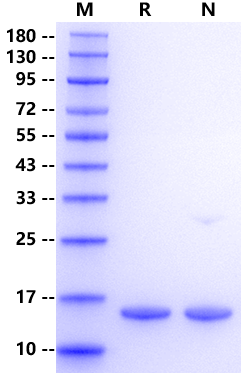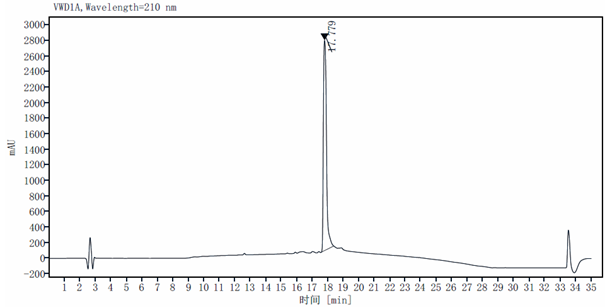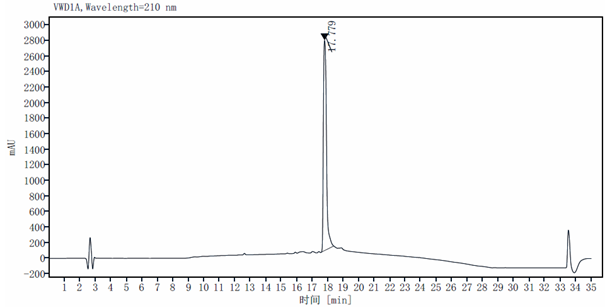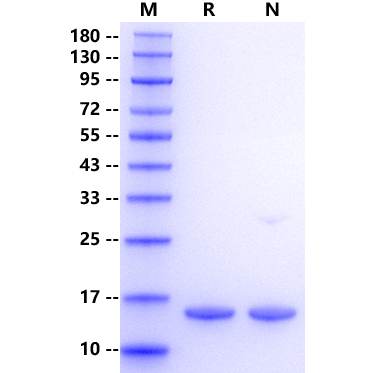Product Details
Product Details
Product Specification
| Species | Human |
| Synonyms | LFABP |
| Accession | P07148 |
| Amino Acid Sequence | Met1-Ile127, with N-terminal 8*His MHHHHHHHHMSFSGKYQLQSQENFEAFMKAIGLPEELIQKGKDIKGVSEIVQNGKHFKFTITAGSKVIQNEFTVGEECELETMTGEKVKTVVQLEGDNKLVTTFKNIKSVTELNGDIITNTMTLGDIVFKRISKRI |
| Expression System | E.coli |
| Molecular Weight | 16kDa (Reducing) |
| Purity | >95% by SDS-PAG E& RP-HPLC |
| Endotoxin | <1EU/μg |
| Conjugation | Unconjugated |
| Tag | His Tag |
| Physical Appearance | Lyophilized Powder |
| Reconstitution | Reconstitute at 0.1-1 mg/ml according to the size in ultrapure water after rapid centrifugation. |
| Stability & Storage | · 12 months from date of receipt, -20 to -70 °C as supplied. |
Background
FABP1 (LFABP) has been initially characterised in the liver (thus its name) but is also expressed in small intestine (duodenum and jejunum). FABP1 appears to be the most promiscuous FABP as it was reported to bind a variety of small molecules in addition to fatty acids including bile acids, lysophosphatidic acid, prostaglandins, fatty acyl-CoA, bilirubin and heme. FABP1 is a PPARα target gene. While some studies suggested that FABP1 might be involved in the delivery of ligands for PPARα activation in the nucleus, FABP1-deficient mice showed normal regulation of PPARα target genes regulation. FABP1 was reported to enhance apoB-lipoprotein secretion, which would suggest involvement of this protein in the delivery of fatty acids to the ER for esterification into lipoprotein-destined TG. Hepatic fatty acid oxidation is also diminished in fasted FABP1 knockout mice, which implies deficient transport of fatty acids to the oxidative pathway. Interestingly, no accumulation of intracellular TG accompanied attenuation of fatty acid oxidation even when the mice were challenged with a high-fat diet.
Picture
Picture
SDS-PAGE

2μg(R: reducing conditions, N: non-reducing conditions)
RP-HPLC




